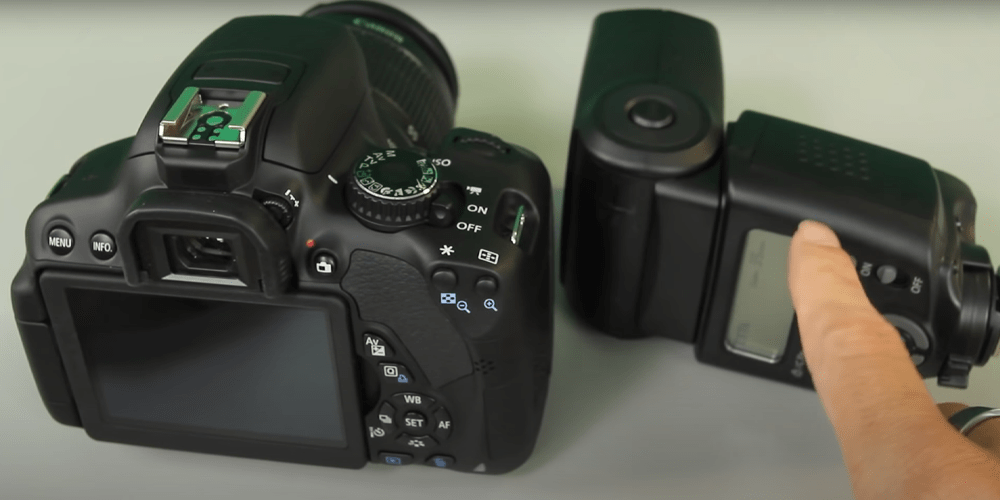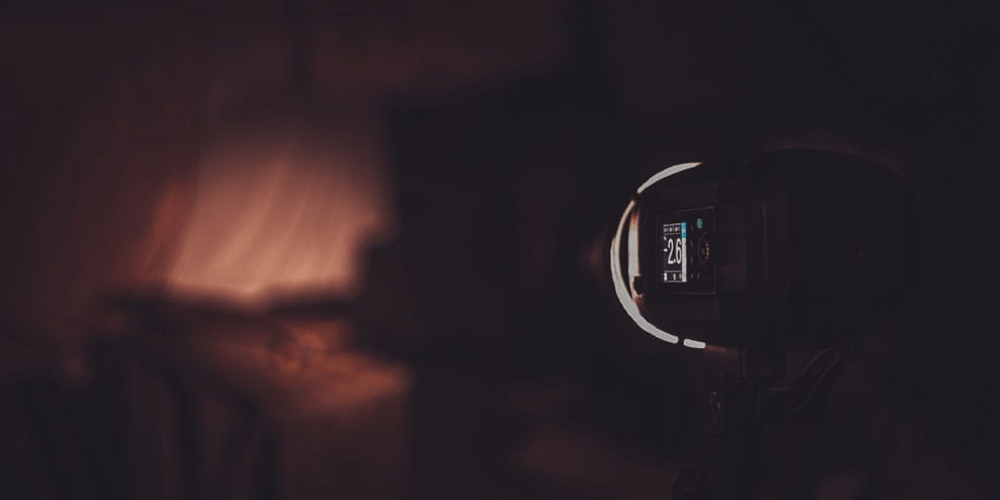Camera flashes are an essential component of photography, providing a burst of light that helps to illuminate the subject. They produce bright, intense light in order to quickly and effectively freeze motion and create stunning images. Camera flashes can be used in a variety of settings, such as fashion shoots, wedding photography, portrait photography, or even just capturing every day.

An external flash allows you to control the direction, brightness, and intensity of the light on your subject, giving you greater creative control over your shots. External flashes allow you to add you fill light to shadowy areas or overpower bright backlighting. Furthermore, they are necessary for freezing motion and shooting nighttime scenes with natural-looking results.
Advantages and Disadvantages of External Flash Photography
Pros:
- Quickly and effectively freeze motion
- Allows you to add fill light to shadowy areas
- Can overpower bright backlighting
- Creates stunning images with greater creative control
- Necessary for freezing motion and shooting nighttime scenes with natural-looking results
Cons:
- Can be expensive
- Requires additional gear to use properly
- May require a learning curve for proper usage and control of the light output
- Can cause red eye effect if used incorrectly.
- Requires extra time to set up and configure before shooting
When should you use an external flash?
Generally, if the ambient lighting in your shooting environment is too dim or too harsh, adding a flash will improve the quality of your image. An external flash can help brighten dark subjects and fill in shadows created by backlighting.

External flashes are also great for freezing motion and creating more dynamic images of people in motion. Many photographers use external flashes to create flattering portraits and add a professional touch to their work. Additionally, external flash helps you capture night scenes with natural-looking results.
Do all external flashes work on all cameras?
No, not all external flashes work on all cameras. Different camera models have different types of external flash compatibility. Some cameras may be compatible with specific brands or types of external flashes, while others may not be compatible at all. It is important to check the manual for your camera to see which type and brand of external flash it is compatible with. Additionally, make sure the external flash you are planning to purchase is compatible with your camera’s hot shoe or sync port. If none of these is available, you may need an adapter in order to connect the external flash to your camera.
How to connect an external flash to your DSLR?
An external flash will typically connect to your DSLR via a hot shoe or sync cord. A hot shoe is a small socket on top of your camera’s body near the viewfinder. An external flash can be attached to this hot shoe, allowing you to fire off the flash without using a sync cord. This makes it easier and more convenient to use an external flash with a DSLR.
You will be required to use a sync cord for cameras that don’t have a hot shoe. A sync cord is essentially a cable that connects your external flash to the camera body. This allows the camera and flashes to communicate and fire off simultaneously.
In addition to connecting via a hot shoe or sync cord, you can use some external flashes wirelessly. Wireless flash systems allow you to fire off an external flash without needing a cord or hot shoe. This makes it possible to use multiple flashes in different locations, allowing you to take even more creative shots.
What to know before buying an external Flash for your DSLR Camera?
Before you buy an external flash for your DSLR camera, you should familiarize yourself with the different types of flashes and what they can do. There are three main types of flashes: dedicated, on-camera, and speedlights.
Dedicated flashes are designed specifically for a particular camera model. They often offer additional features, such as tilt and swivel, that can be very helpful when trying to get the perfect photo. They tend to be larger and heavier than on-camera flashes, so they may not be ideal for all users.
On-camera flashes attach directly to your camera, making them a good choice if you need something lightweight and easy to use, used for various shots but often do not offer the same features as dedicated flashes.
Speedlights are on-camera flashes designed to provide more power and control than other types. These flashes are typically more expensive, but they offer the most flexibility regarding creative lighting.
When choosing an external flash, you should also consider the type of photos you want to take. A more powerful flash may be necessary if you are shooting in low-light conditions. Also, some flashes offer special features like TTL (through-the-lens) metering or high-speed sync that can be very helpful for certain shots.
Once you have chosen the right flash for your needs, please read the user manual carefully to know how to use it properly and get the best results. With some knowledge and practice, you can start taking great photos with your new external flash!
FAQs: Frequently Asked Questions
Is it okay to use a Nikon flash on a Canon DSLR?
Yes, it is possible to use a Nikon flash on a Canon DSLR, as long as the flash has an appropriate adapter that allows it to connect to the hot shoe of the camera body. However, you may experience some loss in functionality when using a third-party brand of flash with your camera. For example, the camera may be unable to control the flash’s settings, such as its power output and zoom. Additionally, certain functions, such as wireless TTL (through-the-lens) metering, may also not be available. Therefore, it is generally recommended that you use a flash designed by your camera manufacturer for optimal performance.
What is the difference between a Speedlight and a hotshoe flash?
A Speedlight is a type of external flash typically small and lightweight, making it ideal for travel or on-the-go photography. Speedlights usually feature more advanced functions than a traditional hot shoe flash, such as wireless TTL (through-the-lens) metering and high-speed sync capabilities. Hotshoe flashes tend to be larger and heavier than speedlights, but they generally have more power output and a greater range of zoom settings. Speedlights are typically used for on-camera flash photography, while hot shoe flashes are designed for off-camera work.
Is it possible to use a flash with my camera if it does not have a hot shoe?
Yes, several options are available for using an external flash with cameras that do not feature a hot shoe. For example, you can purchase adapters or triggers that allow you to attach and control the flash from the camera’s hot shoe, or you can use a device such as a flash bracket, which allows you to mount the flash off-camera. Finally, many third-party brands also offer flashes that feature proprietary connections that allow them to be used with cameras that do not have a hot shoe.
Can I take photos in low light with my DSLR without using flash in manual mode?
Yes, taking photos in low light on your DSLR is possible without using flash. When shooting in manual mode, you can use a combination of a higher ISO setting and a slower shutter speed to capture more light for your photo. Increasing the ISO will allow the camera to capture more light but may also introduce some noise into the image. Slowing the shutter speed will also allow more light to enter the camera, but it requires a much steadier hand or tripod for successful exposures. Experimenting with different combinations of ISO and shutter speed can help you achieve successful shots in low-light conditions without flash.
Final Words: So, What are the benefits of using an External flash with a camera?
External flashes are a versatile and powerful tool that photographers should consider adding to their camera arsenal. With so many benefits, there’s no downside to using an external flash—except maybe the cost. But you can find relatively affordable options that will still provide excellent results. Have you used an external flash before? What tips would you add? Let us know in the comments below!
